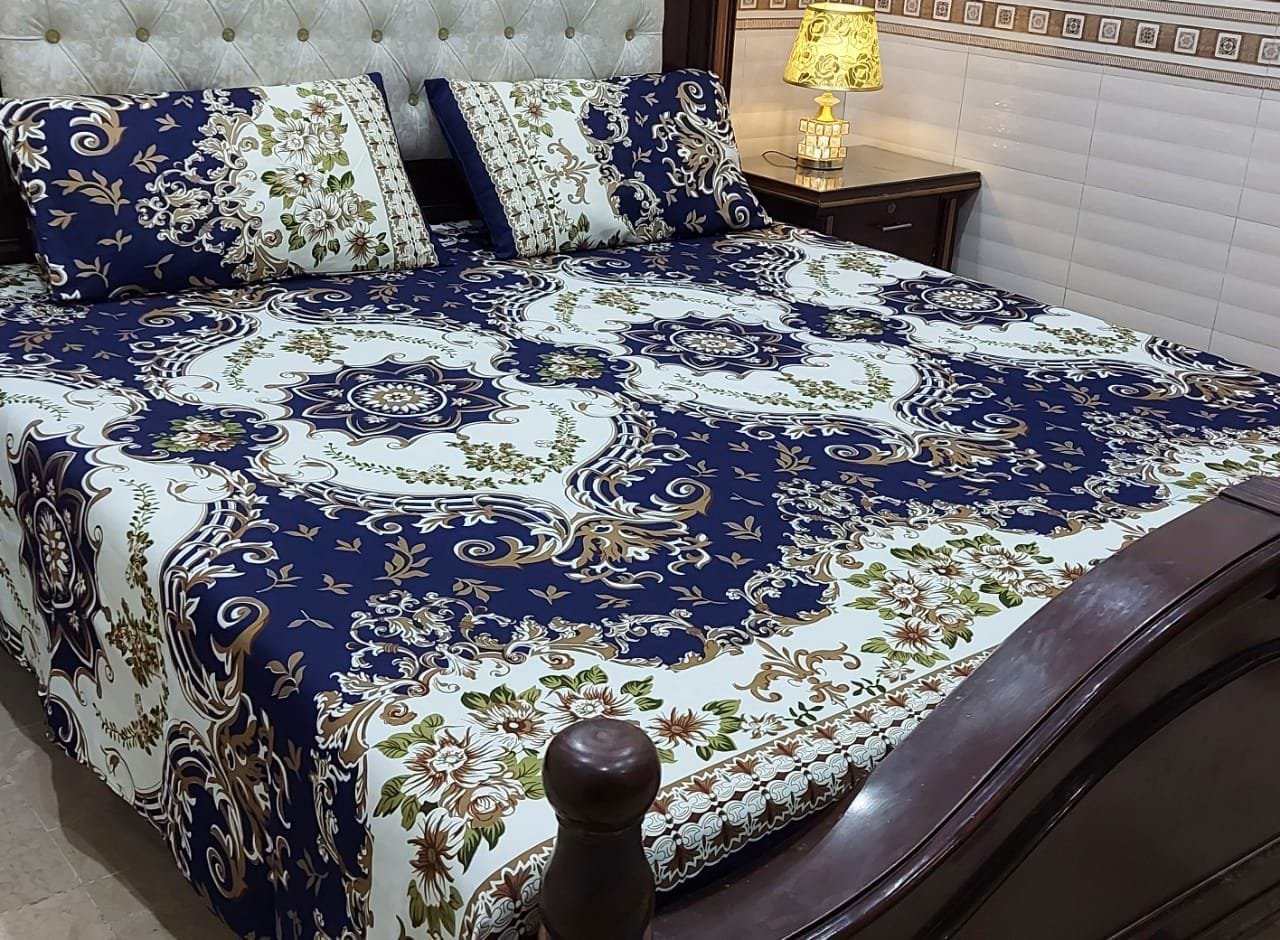No products in the cart.
Blogs
“Bedding for Allergies: Hypoallergenic Options for Better Sleep”
Introduction to Bedding for Allergies:
For individuals who suffer from allergies, a good night’s sleep can sometimes feel like an elusive dream. Allergies can be triggered by various factors, including dust mites, pet dander, pollen, and more. . In this article, we will explore the importance of hypoallergenic bedding and provide a comprehensive guide to the different options available.
Understanding Hypoallergenic Bedding:
Hypoallergenic bedding refers to materials and products that are designed to minimize the risk of triggering allergies. These materials are typically tightly woven or specially treated to create barriers against common allergens, making them an ideal choice for those with sensitivities. Hypoallergenic bedding can include sheets, pillowcases, mattress covers, duvet covers, and even pillows.
Common Allergens and Their Impact:
Dust mites, microscopic creatures that thrive in bedding, are a major source of allergies. Their feces and body parts can become airborne, causing irritation and discomfort. Additionally, pet dander, mold spores, and pollen can easily accumulate in bedding, exacerbating allergy symptoms.

Hypoallergenic Options for Bedding:
- Microfiber: Microfiber bedding is tightly woven, making it a great option for blocking allergens.
- Bamboo: Bamboo bedding is naturally hypoallergenic, as bamboo fibers are resistant to dust mites and mold.
- Mattress and Pillow Covers:
- Allergen-Proof Covers: These encase mattresses and pillows, creating a barrier between you and allergens. Make sure to choose covers with small pores to block even the tiniest particles
- Waterproof Covers: These are particularly useful for protecting against liquid spills and preventing mold growth.
- Pillows and Duvets:
- Synthetic Fill: Pillows and duvets filled with hypoallergenic synthetic materials provide a comfortable alternative to down feathers.
- Washing: Wash bedding, including pillowcases and mattress covers, in hot water (above 130°F) to kill dust mites and remove allergens.

Maintaining Hypoallergenic Bedding:
While investing in hypoallergenic bedding is a significant step towards managing allergies, proper maintenance is equally crucial to ensure its effectiveness over time.
- Regular Cleaning Routine
- Sheets and Pillowcases: Aim to wash your sheets and pillowcases at least once a week in hot water. This helps to eliminate dust mites and allergens that may have accumulated.
- Mattress and Pillow Covers: Clean these covers every few months following the manufacturer’s instructions. Some covers can be machine-washed, while others might require gentle handwashing.
- Pillows and Duvets: If your pillows and duvets are machine washable, give them a thorough cleaning every few months.
- Vacuum and Dust Regularly
- Mattress and Box Spring: Use a vacuum cleaner with a HEPA filter to vacuum your mattress, box spring, and the area around your bed. This helps to suck up dust mites and allergens that may have settled.
- Bedroom Surfaces: Regularly dust surfaces in your bedroom, including nightstands, shelves, and windowsills, to prevent allergen buildup.
- Sun and Air Exposure
- Mattresses and Pillows: When possible, expose your mattresses and pillows to direct sunlight. UV rays from the sun can help kill dust mites and reduce moisture, which can discourage mold growth.
- Bedding: On a sunny day, hang your bedding outside to allow fresh air and sunlight to penetrate the fibers, helping to eliminate allergens.
- Pillows and Duvets: Over time, pillows and duvets can become less effective at resisting allergens. If you notice that they are no longer providing relief, it might be time to replace them.
- Mattress: While mattress covers can extend the life of your mattress, it’s a good idea to consider replacing your mattress every 7-10 years, especially if you’re prone to allergies.
- Regular Inspection: Check your mattress and pillow en casements for any signs of wear and tear. Replace them if you notice holes or damage that could compromise their effectiveness.

Tips for Choosing the Right Hypoallergenic Bedding:
When selecting hypoallergenic bedding, there are a few additional factors to consider to make sure you’re making the best choices for your specific needs.
- Certifications and Labels:
- Look for bedding products that carry reputable certifications, such as the OEKO-TEX Standard 100 label or the Global Organic Textile Standard (GOTS) certification. These labels ensure that the materials used are free from harmful chemicals and allergens.
- Personal Preferences:
- Consider your personal preferences when it comes to bedding feel and texture. Some individuals prefer the softness of bamboo sheets, while others may enjoy the crispness of organic cotton. Finding the right balance between hypoallergenic features and comfort is essential.
- Allergen Testing:
- If you’re uncertain about specific bedding options, inquire about allergen testing. Some manufacturers provide test results that demonstrate the effectiveness of their products in reducing allergens.
- Bedding Care Instructions:
- Carefully read and follow the care instructions provided by the manufacturer. Proper maintenance ensures that your hypoallergenic bedding remains effective and durable.
- Size and Fit:
- Multi-Layer Protection:
- Consider using a multi-layer approach for maximum protection. Layer your mattress with a hypoallergenic cover, followed by fitted sheets and pillow protectors.
- Trial Periods and Return Policies:
- Some manufacturers offer trial periods for their bedding products. If possible, opt for brands that provide the opportunity to try out the bedding and return it if it doesn’t meet your expectations.
Conclusion:
Hypoallergenic bedding offers a practical and effective way to create a sleep environment that is less likely to trigger allergies. By combining the right bedding materials with a consistent cleaning and maintenance routine, you can significantly reduce exposure to common allergens such as dust mites, pet dander, and pollen. Prioritize regular washing, vacuuming, and exposure to sunlight to maximize the benefits of your hypoallergenic bedding. Remember that proper care not only enhances the longevity of your bedding but also ensures a more restful and refreshing sleep for years to come. With a little extra attention and care, you can enjoy the comfort of your sleep sanctuary while keeping allergies at bay. Investing in hypoallergenic bedding is a proactive step toward improving your sleep quality and managing allergies.


